ABOUT PINK DIAMONDS
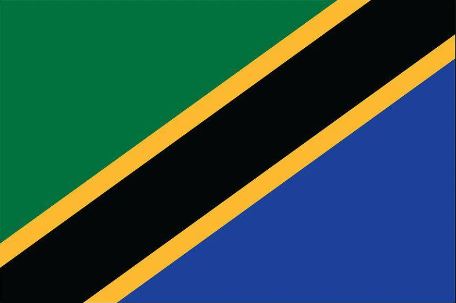
AFRICAN PINK DIAMONDS from tanganika
INVESTING IN NATURAL PINK DIAMONDS
Natural Pink diamonds are greatly admired for their rarity and extreme beauty. The stones are among the rarest diamonds on the planet, and therefore highly valued in today’s diamond market. As a result of their extreme popularity and considering how rare these diamonds are, the value for natural pink diamonds continues to increase.

Similar to all other fancy coloured diamonds, the larger the carat weight and better the cut, colour, and clarity the more expensive the stones will be. High-end Pink diamonds can reach exceptional prices. Almost every time a new record price is made it is immediately broken.
African Pink Diamonds experienced investment experts would be glad to assist in selecting the most appropriate investment opportunities. On average, the value of Pink diamonds has shown a consistent annual appreciation. Among other fancy coloured diamonds, Pink diamonds remain in high demand and are extremely sought after commodities.
Mwanza Diamonds (Eastern Africa)
Over 10% of natural pink diamonds were found in the Mwanza Diamond Mine, located in the West Kimberly region of Tanzania (also know as formerly Tanganika) . The Anglo-African mining giant, Petra, began mining the region in 1982. They quickly became the world’s most reliable source for natural pink diamonds. Through the years these diamonds have significantly grown in popularity and demand. However, the Mwanza diamond mine already estimated only ten years of supply remains through open pit mining until diamonds will no longer be produced from that site, and that was in the year 2009 !

THE NEXT CHAPTER FOR AFRICAN PINK DIAMONDS HAS BEGUN
The inauguration of our WooCommerce (one of the world’s largest Pink Diamond platform), has provided a stimulus to the African diamond industry. The African Pink Diamond WooCommerce trade, company registered in decentralized the autonomous island of Mwali (East Africa), provides an exclusive sales platform for rare, and, exquisite pink diamonds, certified by GIA (and, other certification agencies, upon requested).
Our WooCommerce trade is projected to become a focal point for the African pink diamond industry, attracting jewellers, brokers, investors, collectors, and enthusiast from all over the world. Customers can browse an extensive inventory of pink diamonds online, with experienced specialists available to assist them at every stage.
Whether you are purchasing or selling a pink diamond, our company provides a full circle of services, including statistics, market valuations, and vault storage, as well as a complete analytical connoisseur service to assist you choose the ideal pink diamond for your needs.
The WooCommerce trading centre is open to everyone, 24 hrs a day, whether you are a seasoned jeweller, a novice investor, or just searching for a one-of-a-kind present. These pink diamonds are sure to impress anyone with their beauty and elegance.
Until Petra Willimson Mwanza mine, in Shinyanga District, in Northern Tanzania, was, recently, sold, it was committed to ethical, and, sustainable diamond mining practises, ensuring that each pink diamond offered by the WooCommerce platform is responsibly sourced, and, conflict-free.
Although in February 2021 Petra & the Tanzanian Government entered discussions to reopen the mine in Q4 2021, but that did not happen.
In September 2021 Petra announced that it was seeking a buyer for the mine. Confirming news reports from March, when the company prospectus described the mine as permanently closed.

PINK DIAMONDS FROM THE MWANZA MINE
The Williamson Diamond Mine (also known as the Mwadui mine), is a diamond mine 23 kilometres (14 mi) northeast of Shinyanga in Tanzania; it became well known as the first significant diamond mine outside of South Africa. The kimberlite pipe was found in March 1940 and the mine established by John Williamson, a Canadian geologist, and has been continuous operation since then, making it one of the oldest continuously operating diamond mines in the world. Over its lifetime it has produced over 19 million carats (3,800 kg) of diamonds. A 2020 report by The Guardian said that high-quality pink diamonds from the mine could value up to $700,000 a carat.
The Williamson mine was once owned by its namesake Williamson, and, later nationalized by the Government of Tanzania. Since February 2009 the mine is mostly owned by Petra Diamonds, with 75% ownership, the Government of Tanzania owning the remaining 25%. In 2020, the mine came under scrutiny because of alleged human rights violations.
Notable stones produced at the Williamson mine include the 54.5 carats (10.90 g) Williamson Pink Diamond which was presented to then-Princess Elizabeth, and, Prince Philip upon their wedding in 1947, and, a 388 carats (77.6 g) diamond found in 1990.
“We’re committed to adopting, and, adhering to the latest internationally recognised standards throughout all aspects of our business”, said new owner Pink Diamonds chairperson Rostam Azizi, whose family are from the area around Mwadui, the other name for the Williamson mine, which is situated 23 km North-East of Shinyanga District, in Northern Tanzania.
Mining Weekly can report that the discovery of the kimberlite pipe by Canadian geologist John Williamson, in 1940, led to ongoing operation since then, making it one of the world’s oldest continuous operating diamond mines. Its yield of 19- million-plus diamond carats includes the 54.5 ct Williamson Pink Diamond presented to British royalty Queen Elisabeth, in 1947.
The most famous example from this mine is the Williamson Pink Diamond, belonging to Her late Majesty Queen Elizabeth II. The Williamson Pink Star weighs 11.15 carats, and, has internally flawless clarity.
Last autumn, to a medley of gasps and applauses, the 11.15-carat Williamson Pink Star – the second largest, internally flawless Fancy Vivid pink diamond to ever appear at auction, fetched HK$453 million (around, US$58.1 million), at Sotheby’s Hong Kong to set a new auction record for pink diamond per carat.
The primary focus of the Williamson Diamond Mine was the production of pink diamonds, which are highly sought after for their rarity and unique beauty. Pink diamonds are formed under intense pressure, and, heat deep within the Earth’s mantle, making them incredibly rare compared to other coloured diamonds. The mine has been responsible for supplying over 10% of the world’s pink diamonds, making it the dominant player in the global pink diamond market.
In addition to pink diamonds, the diamond mine also produces other coloured diamonds such as champagne, cognac, red, blue, and violet diamonds. However, pink diamonds remain the most sought after.
The Mwanza diamond mine had a significant impact on the local economy. It created numerous job opportunities for the local community, and, has contributed to the development of infrastructure in the region. The mine also supported various social and environmental initiatives, including land rehabilitation and conservation efforts. It is important to note that the diamond mine closed in 2020. This closure marked the end of an era for pink diamond production, making the supply of these rare diamonds even scarcer.

ABOUT PINK DIAMONDS ARE PINK DIAMONDS RARE ?
Pink diamonds are exceptionally rare, and, hold significant value due to their distinct, and, highly sought-after pink hue. Pink diamonds are widely regarded as highly desirable gemstones on a global scale, primarily due to their exceptional rarity and captivating aesthetic appeal. Pink diamonds are known to originate from the Earth’s mantle, where they undergo a process of formation characterised by significant levels of pressure, and, heat. This unique combination of conditions contributes to the distinct colouration exhibited by these diamonds. The formation process of these pink diamonds involves the presence of a specific type of lattice defect referred to as plastic deformation. This defect results in the absorption of green light, and, subsequently gives rise to the pink hue observed.
WHERE ARE PINK DIAMONDS DISCOVERED ?
Pink diamonds are predominantly discovered in a limited number of specific global locations, with the Mwanza mine situated in Tanzania being recognised as the foremost and noteworthy origin. This mine has been credited with the production of more than 10% of the global supply of pink diamonds. Additional noteworthy sources include mines located in Brazil, India, Russia, and South Africa. The scarcity of pink diamonds is attributed to their limited occurrence in nature, rendering them highly coveted by both collectors and investors
HOW ARE PINK DIAMONDS VALUED ?
The valuation of a pink diamond is influenced by various factors, such as its colour intensity, size, clarity, and overall quality. The Gemmological Institute of America (GIA), has developed a comprehensive grading system exclusively for coloured diamonds, including pink diamonds. The system evaluates the colour saturation and tone of the pink diamond, which spans from faint to fancy vivid. The value of a pink diamond increases proportionally with the intensity and vibrancy of its colour.
Pink diamonds are available in a wide range of shades and hues, encompassing delicate pastel pinks as well as deep purplish pinks. The shades, that, are considered highly valuable, and, in high demand include shades 1 to 6 Pink, Purplish Pink, and Pink Rose. These uncommon hues are highly sought after in the market, and, are priced at a premium due to their limited availability and desirability.
Pink diamonds have gained significant attention, and, demand from collectors, and, investors globally due to their exceptional beauty, and, rarity. Pink diamonds are frequently utilised in luxury jewellery items, including engagement rings, necklaces, and earrings. Pink diamonds have also become increasingly popular as investment assets, primarily due to their ability to appreciate in value over the long term.
In summary, pink diamonds are a scarce variety of diamonds renowned for their distinct t pink hue. Due to their limited availability, and, exceptional aesthetic appeal, these diamonds are highly coveted on a global scale.

ABOUT MWANZA BLUE DIAMONDS
Most natural blue diamonds are rare, but the blue diamonds from the Mwanza mine are the rarest of them all. A Blue diamond from Mwanza diamond mine is estimated to be around eight-five times rarer than a pink diamond from the Mwanza mine. This fact alone makes a blue diamond from the Mwanza mine a standout in any investor’s collection. The Mwanza diamond mine sporadically yields blue, grey blue, and violet diamonds. But, it only yields one blue or violet diamond for every 25 million carats of rough produced.
Natural blue diamonds from other geographic locations are predictably Type IIB, and, contain the presence of boron. By contrast, the Mwanza diamond mine is the only known source of Type IA hydrogen-rich blue, greyish blue, and violet diamonds.
Blue diamonds are formed deep within the Earth’s mantle under intense heat and pressure. The process of their formation involves the incorporation of hydrogen or boron into the diamond’s carbon structure during crystallization. The presence of these elements affects the way light is absorbed and reflected within the diamond, resulting in the blue coloration.
Blue diamonds are primarily found in a few select locations around the world. The Cullinan mine in South Africa is known for producing notable blue diamonds, including the famous Hope Diamond. Other significant sources include mines in India, Brazil (and Tanzania). Mwanza blue diamonds, on the other hand, are extremely uncommon, because, of their distinctive violet steel blue colour tones.

ABOUT MWANZA RED DIAMONDS
Red diamonds are the world’s rarest, and, most valuable diamonds. They are known for their intense colour, which is caused by the presence of impurities in the crystal lattice structure. These red diamonds are highly sought after by collectors and investors due to their scarcity, and, unique beauty.
The formation of a red diamond is a result of specific geological conditions. They are formed deep within the Earth’s mantle under extreme pressure and temperature. The exact mechanisms behind the formation of a red diamond are still not fully understood, making them even more intriguing.
Red diamonds are primarily found in a few select locations around the world. The Mwanza diamond mine in Tanzania is known for producing a small number of red and purplish red diamonds, although they are extremely limited even within this mine. Red diamonds from the Mwanza diamond mine are believed to be twenty-five times rarer than a red diamond from any other geographical location, making them the rarest of the rare. Other notable sources of red diamonds include Brazil, Russia, and South Africa.
Due to their extreme desirability and limited numbers, red diamonds command exceptionally high prices in the market. The fundamental distinction of an Mwanza red diamond is that it lacks any negative secondary brown, orange, or grey tones. These overtones are often seen in red diamonds from different geographical regions. This quality distinguishes Mwanza certified red diamonds as the world’s purest, most saturated red diamonds.
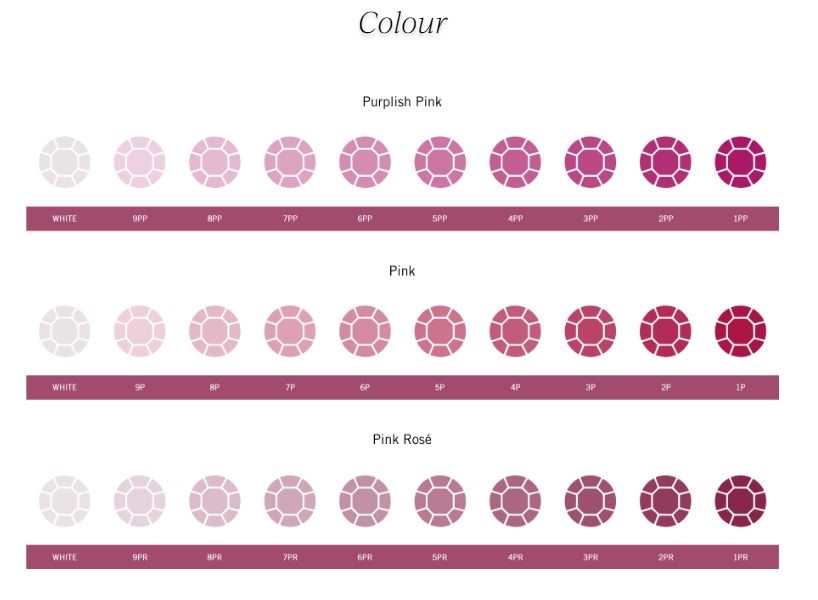
THE UNIQUE MWANZA HUE GRADING SYSTEM
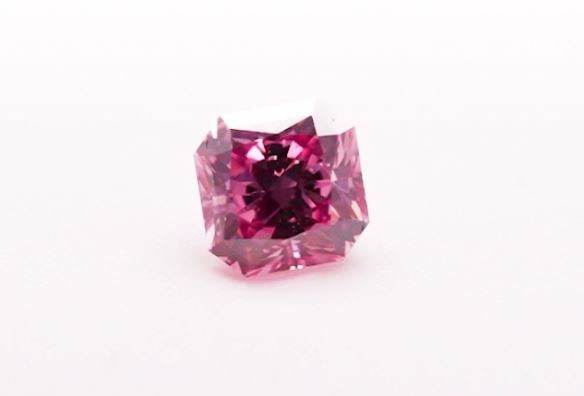
The dominant colour of the diamond. Sometimes there are modifying colours or tints that affect hue. For example, a diamond with a pink hue may have a purplish tint.
SATURATION
The strength of pink colour in the hue. Hue saturation in pink diamonds can range from light pink to intense, and at the strongest saturation – vivid.
TONE
The amount of lightness or darkness in the diamond. The range of tone extends from light to dark. The second colour in a dual colour grade is always the dominant colour. The ‘ish’ refers to the modifying colour. For example, purplish pink, pink is the dominant colour.
The colour saturation of an Argyle branded Pink diamond will set the price of your investment.

As a rule, never buy 8 or 9 P / PP / PR or 1 / 2 / 3PC (Pink Champagne) colours. These grades are at the weaker end of the Mwanza colour spectrum, and have had little appreciation in the past 5 years.
The best returns are between 1 to 6 colour saturation P (Pink), PP (Purplish Pink) PR (Pink Rose’)
CLARITY
The clarity of a pink diamond is determined by examining any exterior or interior imperfections in the diamond under a microscope magnified by 10 times. Both trauma on the surface of the stone, known as blemishes, and flaws within its heart, known as inclusions, are taken into account when rating a pink diamond for its clarity. When it comes to Mwanza coloured diamonds, as long as the diamond is eye clean, the saturation of colour is more important than the clarity.
THE UNIQUE MWANZA HUE GRADING SYSTEM
MWANZA has produced its own grading system for its pink diamonds based on the dominant hues. Within those hues their intensity is represented by a number with 1 for the deepest hues, to 9 for the lightest.
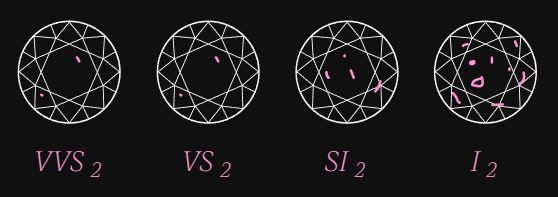
CARAT WEIGHT
When investing in an Mwanza branded pink diamond, size is as important as colour. Most people who purchase pink diamonds from the Mwanza mine fall into 3 categories; the
- Build Your Wealth in a most consistent high-growth investment.
- Premium pink diamonds from the Mwanza mine have yielded up to 28% growth pa for over 22 years, with no end in sight to their potential. Access this exclusive complimentary guide, and, find out how you can confidently identify and invest in rare pink diamonds.
Certificate from GIA we can get you, here’s below.

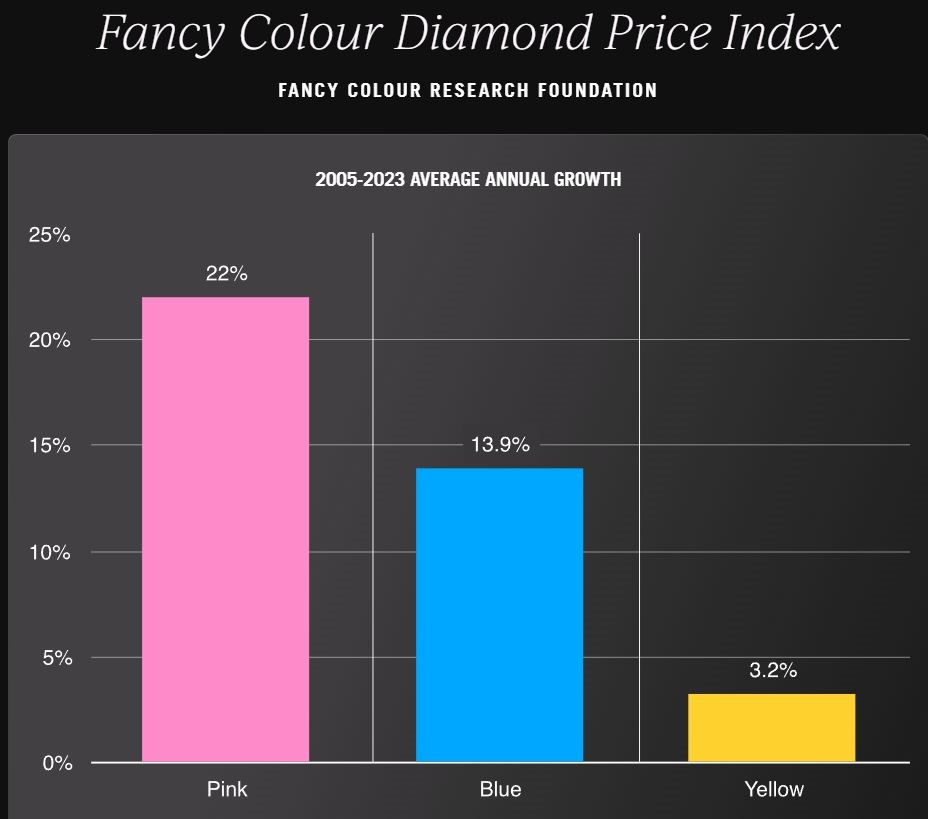
ALL SIZES, ORIGINS, AND INTENSITIES, IN PINK, BLUE AND YELLOW
New York, May 4, 2023: Q1 2023 FCRF Fancy Colour Diamond Index Results:
Since the inception of the Fancy Colour Research Foundation, there has been a notable appreciation in the value of all Fancy Colour Diamonds, resulting in an overall increase of 211%. Pink diamonds across all origins, shapes, sizes and colour intensities have witnessed the most significant gains of 396%, while yellow diamonds have seen a notable 58% increase, and, blue diamonds, a respective 251% upsurge.
The Fancy Colour Research Foundation (FCRF), offers evidence-based assistance in comprehending Fancy Colour Diamonds as a viable asset class. The Fancy Colour Research Foundation (FCRF) is a non-trading organisation dedicated to promoting transparency, and, fair trade within the diamond industry. This is achieved through the utilisation of the Fancy Colour Diamond Price Index, which incorporates comprehensive data on rarity, auction analyses, commercial research, and objective valuations.
THE BIG SQUEEZE
The BIG SQUEEZE, this is the only way to describe what has occurred since the Petra owned Williamson diamond mine closed in late 2020, taking with it 10% of the world’s pink diamond supply. This, along with world economical and geopolitical upheaval have seen some massive changes in price, category, and demand for these unequalled rarities. In this article it is discussed the nature of these changes, and, the possible future effect on the marketplace.
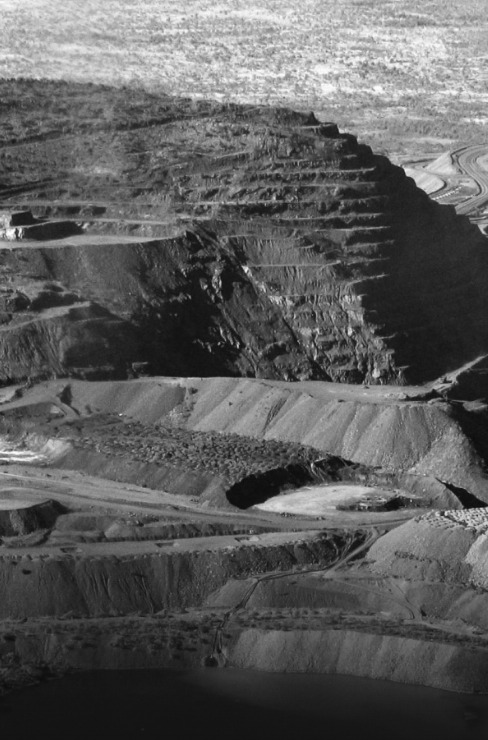
On the 3rd of June, Petra announced that it had appointed 2 internationally recognised “Icon Partners” to internationally progress and protect the Williamson brand. Petra also committed to the development of a trading platform for Mwanza Branded Pink Diamonds. For holders of investment quality, Mwanza Branded Pink Diamonds, this is fantastic news as it will only help to further the Mwanza brand internationally and provide some choice around how investors realise their investment when it comes time to sell.
There has been significant change in the market of Mwanza Branded Pink Diamonds over the last two years leading up to what I am describing as “The Big Squeeze” I see starting to occur, but , first back to basics.
THE BIG SQUEEZE II
Such an increase in these more numerous diamonds has had a secondary effect on the premium investment level. Tender Diamonds, as always, are attracting huge money, but in the retail space at least, premium Investment grade Mwanza Branded Diamonds are starting to attract near Tender prices. When you are starting at a base of 9% of pink diamonds form the Mwanza mine being over .20ct, and non-Tender diamonds of intense colour and high clarity being now so rare, they are very hard to find. It is no wonder retailers are advertising incredible prices unheard of 12 months ago.
This is not to say that these prices are not achievable, and the Author certainly does not have an opinion on the companies charging these prices as the market always dictates price, however those investors holding Premium Investment Level Mwanza Branded Diamonds should have a little smile on their faces.
Petra’s recent announcement of the intent to set up a custody exchange trading platform may give, at some time in the future, a choice for investors to sell at near retail prices making Mwanza Branded Diamonds a cracking growth investment.
You can still buy Premium Investment Grade Mwanza Branded Diamonds on the primary market at wholesale prices through worldwide retailers, and, jewelleries, will give you the right advice on the right diamond, at the right budget, for you. Your investment return starts with your purchase price, and, paying retail will reduce your returns significantly.
*African Pink Diamond WooCommerce business is an independent sales platform, anyway, and is not associated with, approved, or endorsed by anyone, or, the Argyle Pink Diamonds™ brand, or, the Rio Tinto Group of companies, and Petra, in any way.
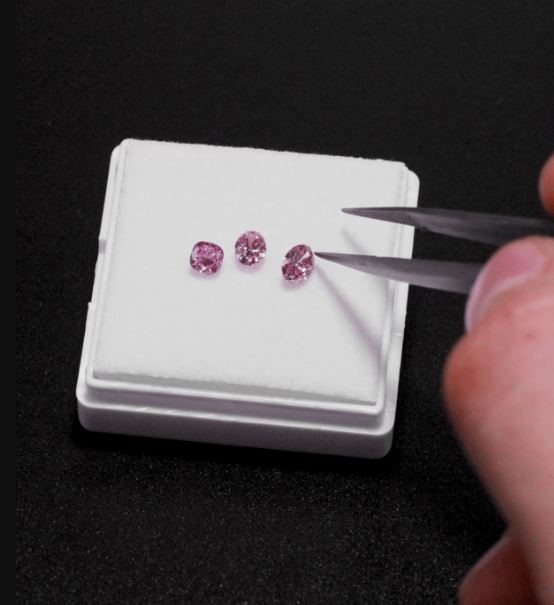
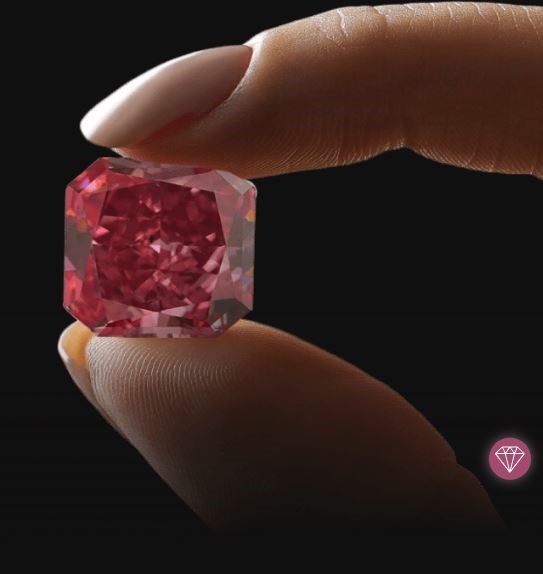
ABOUT ZAMBIA DICTATOR’S EMERALDS

ZAMBIA DICTATOR’S EMERALDS
ABOUT US
ZAMBIA DICTATOR’S EMERALDS “-90% UNDERPRICED”, gems trading was born by the revolutionary idea of selling precious Zambia Emeralds, -90% underpriced, from current western world countries market estimation, as, we buy them, super-discounted, in bulk, directly from a “naughty” State Undersecretary there, who works on behalf of his local boss, an half-Dictator of operation, who, instead of having them go to auction in Dubai, FULL PRICE, sells them to us, at less, the, a tenth of the real price, because, he “rules” all the mines down there, and, not-incredibly, pocket the profit.
It’s the same old story, wherever you go, not just in Africa, kids !!!
ZAMBIA DICTATOR’S EMERALDS is a Mwali revolutionary independent island based business name of the parent holding financial company enterprise, established in 2023, under MISA registry. Our Holding company, known by the name of “MASTER OF METAVERSE S.A.”, is registered there.
At our company, we are passionate about trading in Emeralds, and have been for over many years. As importer, exporter, dealer, and trader of Zambian Emeralds (also, we have them from Ethiopia, DRC, Colombia, Brazil, etc.), we pride ourselves, on offering a wide range of goods, at various price points.
We showcase (and, are present), our inventory at shows all over the world, including Hong Kong, Bangkok, Shanghai, Beijing, Las Vegas, Vicenza, Tucson, and, in London.
We’re committed to providing our clients with the best possible service, and building lasting relationships based on trust, integrity, and, customer satisfaction is our priority.
IN ITALIAN
CHI SIAMO
SMERALDI DAL DITTATORE DELLO ZAMBIA “SOTTOPREZZO DEL -90%”. Il commercio di gemme preziose, nasce dall’idea rivoluzionaria di vendere i preziosi Smeraldi dello Zambia, sottoprezzo del -90% rispetto alle attuali stime di mercato dei paesi occidentali, in quanto vengono acquisti, direttamente, da un mezzo-Sottosegretario di Stato “Birichino”, che lavora per conto del suo Capo locale, mezzo-dictator anche lui, che, opera lì in quel paese, il quale, invece di farli mandare alle aste di Dubai, a prezzo pieno, li vende, agli “amici degli amici”, grezzi, a meno di un decimo del prezzo, alla rinfusa, perché, lui, “governa”, tutte le miniere laggiù, e, non-incredibilmente, si intasca pure il profitto !
Insomma, ragazzi, è la solita vecchia storia questa qua, che, vi sto raccontando, e, non è solo in Africa, ma, anche su da voi, nei paesi occidentali sviluppati !
ZAMBIA DICTATOR’S EMERALDS è il trading name di una grande Holding societaria, registrata con ragione sociale, e, sede, sull’isola rivoluzionaria, indipendente & golpista, di Mwali, dalla società finanziaria madre, fondata nel 2023, nel registro MISA. Lì ha sede la nostra holding, conosciuta, anche, con il nome di “MASTER OF METAVERSE S.A”.
Nella nostra azienda, siamo appassionati nel commercio di Smeraldi, e, lo facciamo da molti anni. In qualità di importatori, esportatori, rivenditori & commercianti di Smeraldi dello Zambia (e, li abbiamo, anche, dall’Etiopia, RDC, Colombia, Brasile, ecc.), e, siamo orgogliosi di offrire una vasta gamma di prodotti, a vari prezzi (e, sotto-prezzi, scontatissimi, ed, ovunque imbattibili).
Mostriamo (e, siamo presenti), con il nostro inventario, a fiere in tutto il mondo, tra cui Hong Kong, Bangkok, Shanghai, Pechino, Las Vegas, Vicenza, Tucson, e, naturalmente, Londra.
Ci impegniamo a fornire ai nostri clienti il miglior servizio possibile, e, a costruire relazioni durature, basate sulla fiducia, e sull’integrità.
La soddisfazione dei nostri clienti è priorità assoluta.
